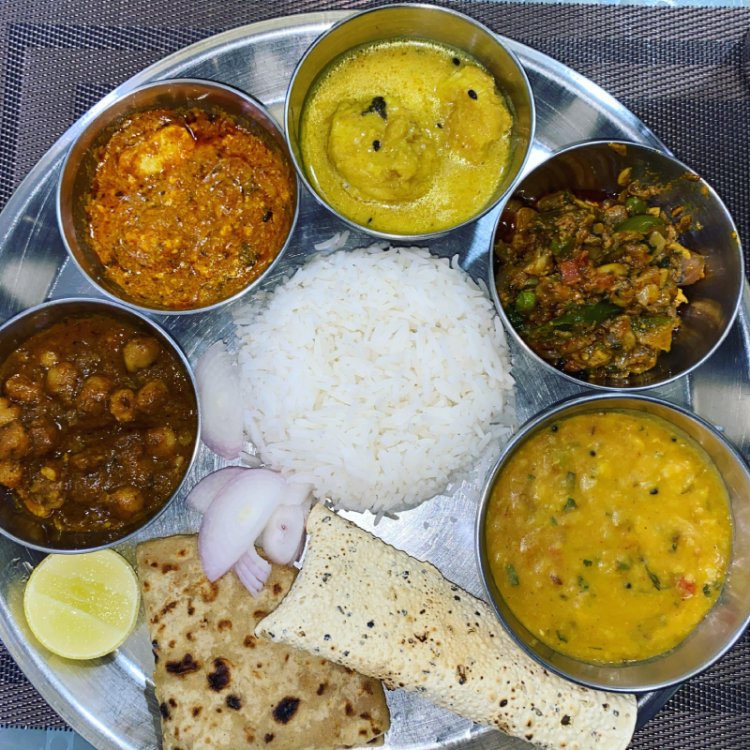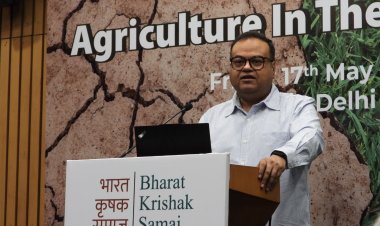vegetarian thali gets less tangy as tomato prices shoot by 233%
The soaring price of tomato has made the vegetable thali less tangy. The cost of a thali rose sequentially for the third month in a row in July, and also inched up on-year for the first time this fiscal, mainly due to high tomato prices. The cost of vegetarian and non-vegetarian thalis rose 28% and 11% on-month, respectively, in June-July, says a latest CRISIL report.

The soaring price of tomato has made the vegetable thali less tangy. The cost of a thali rose sequentially for the third month in a row in July, and also inched up on-year for the first time this fiscal, mainly due to high tomato prices. The cost of vegetarian and non-vegetarian thalis rose 28% and 11% on-month, respectively, in June-July, says a latest CRISIL report.
Of the 28% rise in the cost of a vegetarian thali, 22% can be attributed solely to the price of tomato, which rose 233% on-month - to Rs 110/kg in July from Rs 33/kg in June. The prices of onion and potato increased 16% and 9% on-month, respectively, contributing further to the increase in cost. The report says chili and cumin also became more expensive - their prices rising 69% and 16% on-month, respectively, in July. However, given the lower quantities of these ingredients used in a thali, their cost contribution remains lower than some of the vegetable crops.
The cost of a non-vegetarian thali rose at a slower pace as the price of broilers, comprising more than 50% of the cost, likely declined 3-5% on-month in July. A 2% on-month decline in the price of vegetable oil provided some respite from the increase in cost of both thalis. The average cost of preparing a thali at home is calculated based on input prices prevailing in north, south, east, and west India. The monthly change, thus, impacts the common man’s expenditure.
Tomato prices normally come under pressure during July-August and October-November period, which are generally the lean production months. Supply disruption caused due to monsoon has led to further spike in the rates. "July coinciding with the monsoon season, adds to challenges related to distribution and increased transit losses adding to price rise," an official explained.
Tomato is produced almost in all the states in varying quantities. Maximum production is in Southern and Western regions of India, contributing 56-58 per cent of all-India production. Southern and Western regions being surplus states, feed to other markets depending on production seasons. The peak harvesting season occurs from December to February.
The cycle of planting and harvesting seasons and variation across regions are primarily responsible for price seasonality in tomatoes, the ministry said. Apart from the normal price seasonality, the ministry said temporary supply chain disruptions and crop damage due to adverse weather conditions often lead to sudden spikes in prices.



 Join the RuralVoice whatsapp group
Join the RuralVoice whatsapp group









































